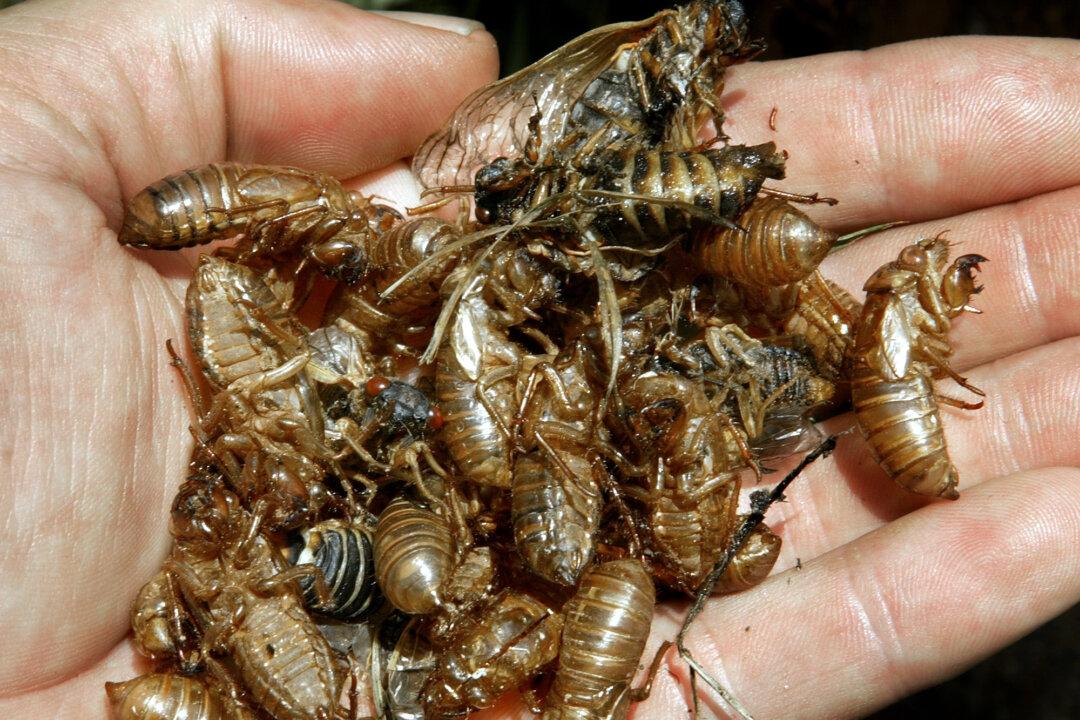Residents of the northeastern United States should expect to encounter numerous cicadas soon.
This year marks when billions of the creatures will emerge from underground—the group was born in 1999 and are known as 17-year cicadas.
Parts of Ohio, New York, Pennsylvania, Maryland, Virginia, and West Virginia are expected to see the creatures, starting in mid- to late-April or May as temperatures warm up for late spring.
A nice, warm rain will often trigger a emergence. So, definitely May, but something might happen in April.





